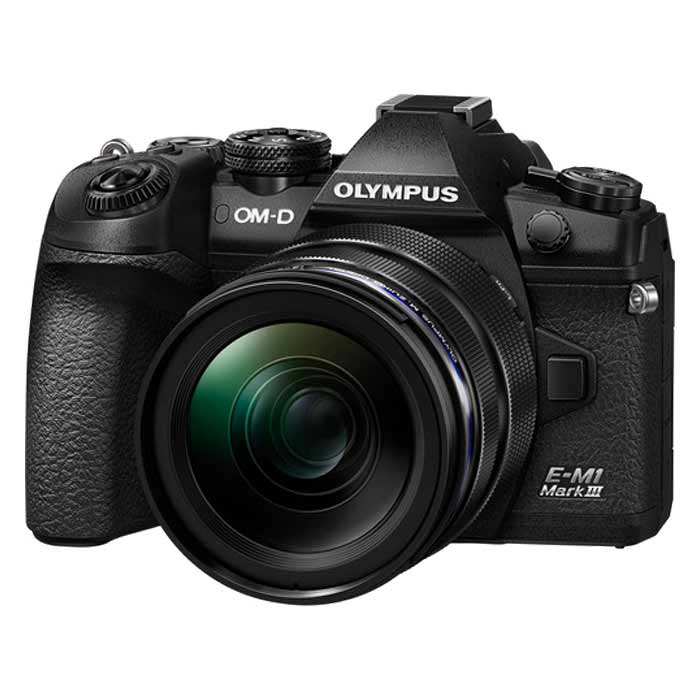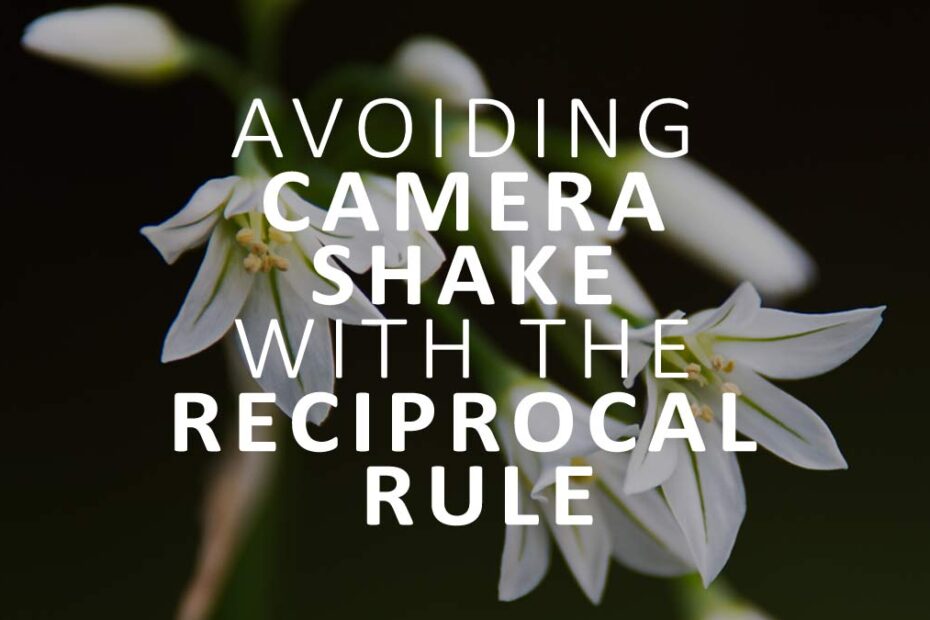Also known as the Rule of Thumb (RoT), the reciprocal rule in photography serves as a guide to help you determine the slowest possible shutter speed you can use before your photo risks becoming blurred due to camera shake.
Table of Contents
- What is Camera shake.
- How Focal Length affects camera shake.
- How do you avoid camera shake.
- Using the Reciprocal Rule in Photography.
- How Reliable is the Reciprocal Rule.
- Other ways to prevent camera shake.
- Best Shutter Speeds to prevent camera shake.
1. What is camera shake?
Even sitting down, we move with every heartbeat and breath making it impossible to hold anything absolutely still.
Consequently, if you have ever looked through a pair of binoculars or telescope, you will have noticed how hard it is to keep a steady image due to unavoidable movement in your hands.
Natural shake in the hands causes the same problem for your camera. By shaking the camera, the scene in front of you becomes a moving target and you must use a shutter speed fast enough to freeze your subject still. Learn more about Shutter Speed

2. How focal length affects Camera Shake
The longer your focal length, the more your view is magnified, and the more severe camera shake becomes.
For example, camera shake is far less problematic with an 18mm wide-angle lens than a 500mm telephoto lens. Thus, the 500mm lens requires a faster shutter speed than the 18mm lens to prevent camera shake. Learn more about Focal Length

3. How to avoid camera shake?
To avoid camera shake, you must use a shutter speed fast enough to counter act the involuntary movement of your hands. You can determine this shutter speed using the reciprocal rule.
4. How do you use the Reciprocal Rule
The reciprocal rule is a simple formula that determines the minimum camera-shake free shutter speed you can use for a particular focal length.
Shutter Speed = 1/[Your lens’ equivalent focal length]
For example, if you are using an 18mm ultra-wide lens, the slowest shutter speed you should use is 1/18th of a second.
Alternatively, if you are using a 500mm telephoto lens, your minimum shutter speed should be no slower than 1/500th of a second.

However, you must use your lens’ full-frame equivalent focal length. Mounting a 500mm lens to an entry-level Digital SLR such as the D3500 will give you the same view as a 750mm lens on a full-frame camera. Thus, your shutter speed should be 1/750th of a second, not 1/500th.
To find out your lens equivalent focal length, divide your actual focal length (as written on your lens) by your sensor’s crop factor.
Your sensor and crop factor is listed in this Camera Sensor Comparison and in table below.
5. How reliable is the Reciprocal Rule
The Reciprocal rule serves as a guide only as some people can hold a camera steadier than others. For instance, your technique, fitness, and health are all factors.
Even ambient temperature and the last time you ate will affect your steadiness.
Furthermore, you should consider your camera’s sensor. A detail-hoarding 45-megapixel sensor is more likely to reveal camera shake than a 20-megapixel sensor.
As such, the reciprocal rule is a great place to start but always check your results and adjust your settings shutter speed accordingly.
6. Other ways to prevent camera shake
If you shoot from a stable platform such as a tripod, you can use any shutter speed you like.
For example, many cameras now have in-body image stabilization (IBIS) that works to keep your camera’s sensor steady despite shaking hands.
Such technology yields impressive results enabling you to uses shutter speeds 3-7 stops slower than those determined by the Reciprocal rule.

If your camera does not have IBIS, you can access the same benefits by buying lenses with optical stabilization
7. Best Shutter Speeds to avoid camera shake
Here are the minimum shutter speeds for the most popular focal lengths for each of the three mainstream sensor sizes – full frame, APS-C and Micro Four Thirds.
I have rounded some of the shutter speeds for practical sake.
For example, an 85mm lens on APS-C gives a field of view equivalent to a 127.5mm lens. Since a camera is unlikely to offer a shutter speed of 1/127th of a second, I just went with 1/120th.
| Full Frame Crop x1 | APS-C Crop x1.5 | Micro Four Thirds Crop x2 | |
| 10mm | 1/10th | 1/15th | 1/20th |
| 18mm | 1/20th | 1/30th | 1/40th |
| 28mm | 1/30th | 1/40th | 1/60th |
| 35mm | 1/35th | 1/50th | 1/70th |
| 50mm | 1/50th | 1/80th | 1/100th |
| 85mm | 1/85th | 1/120th | 1/200th |
| 200mm | 1/200th | 1/300th | 1/400th |
| 300mm | 1/300th | 1/500th | 1/600th |
